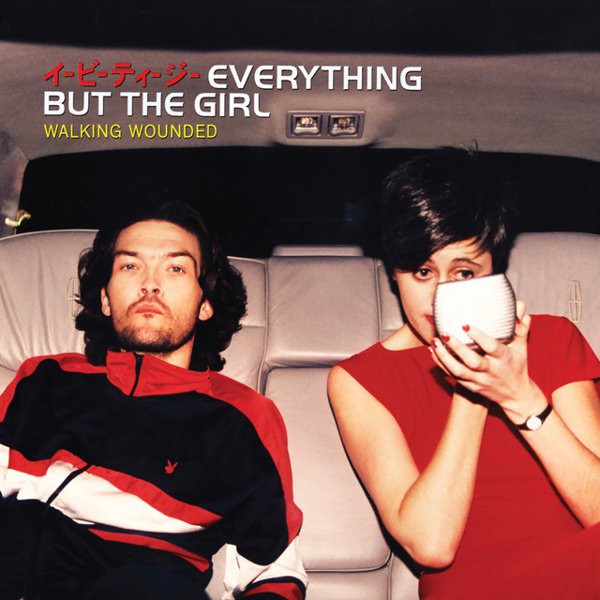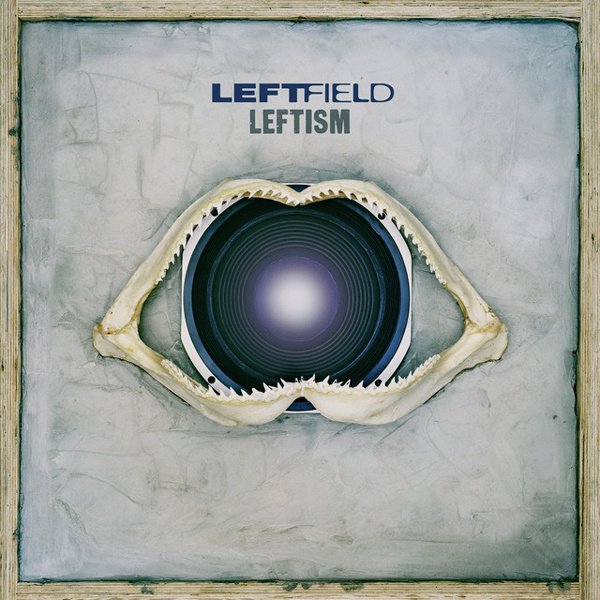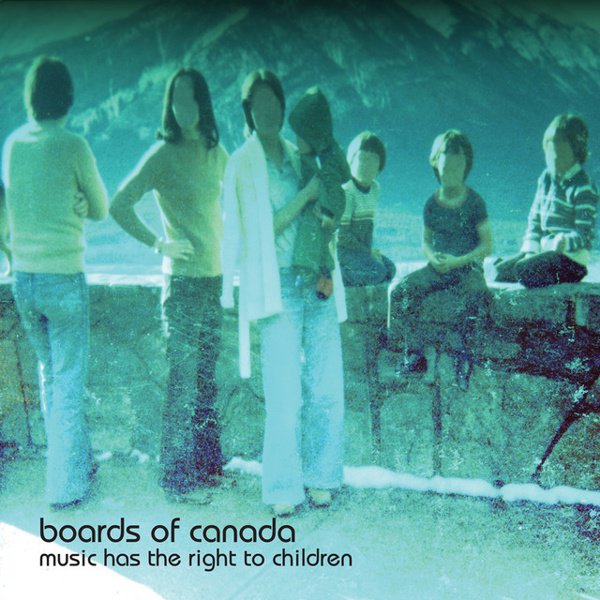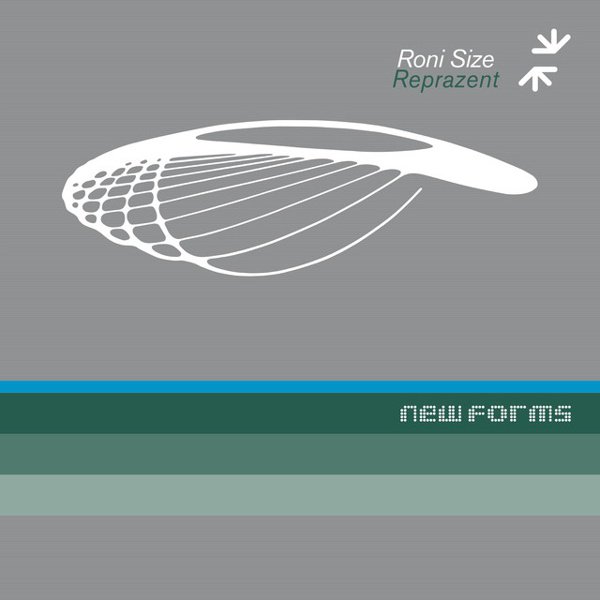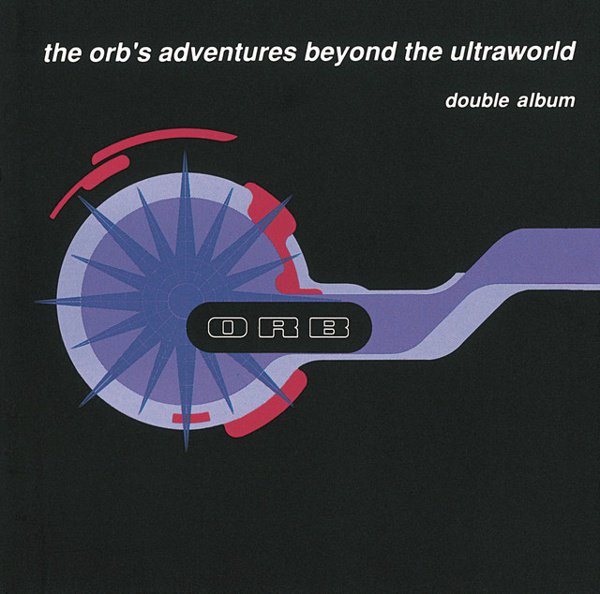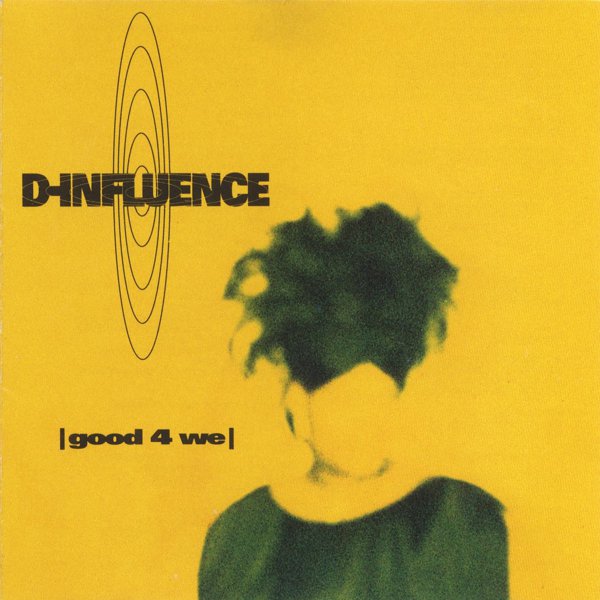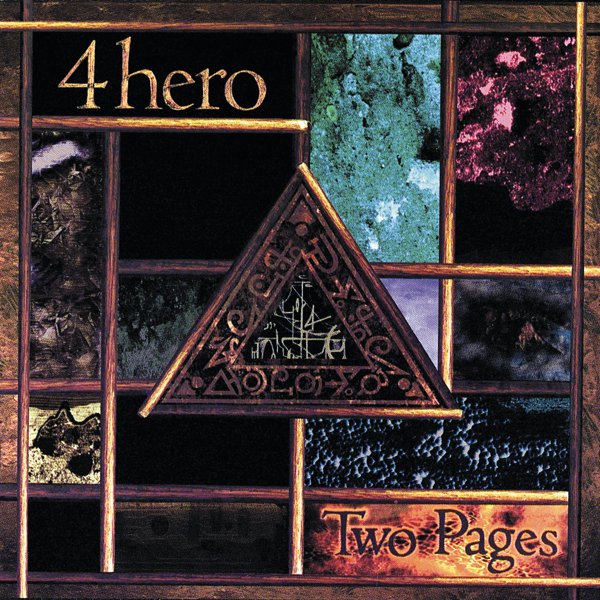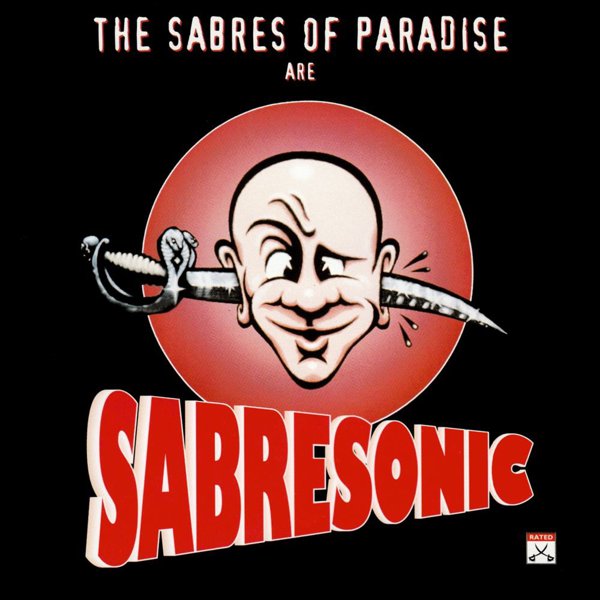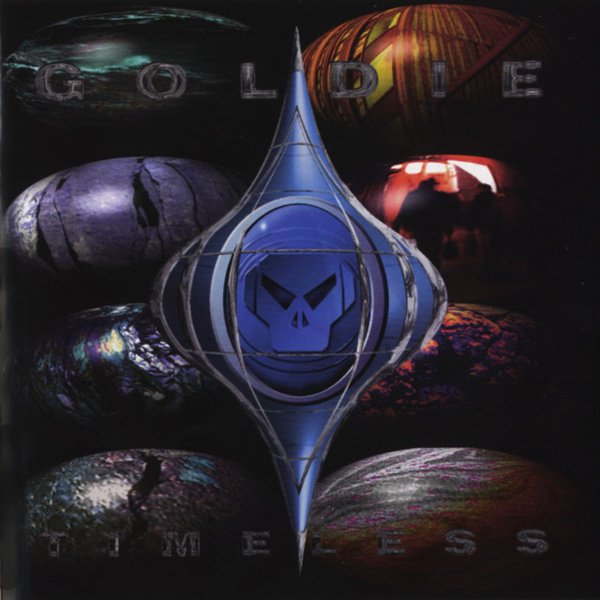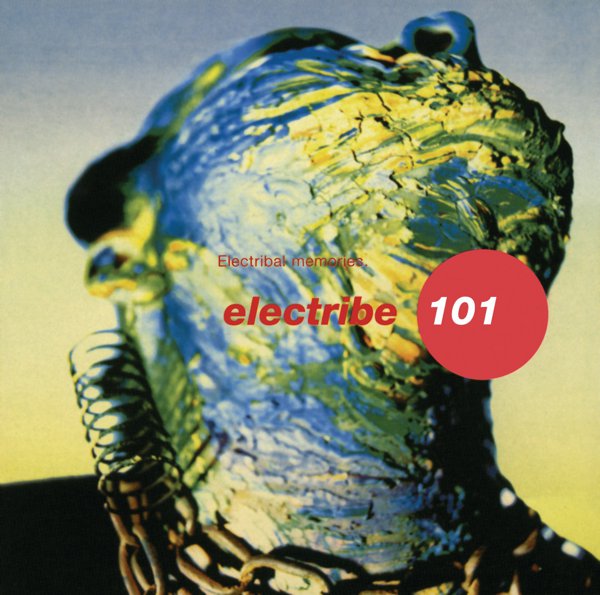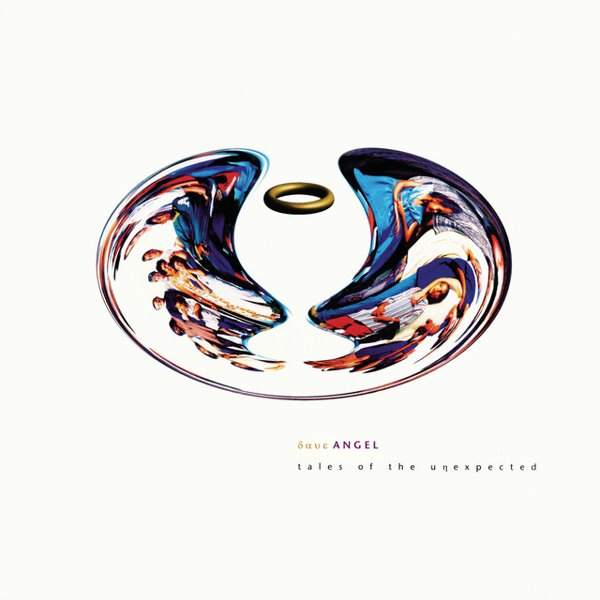While the arbitrary boundaries of decades are rarely as cohesive as music writers wish, it’s safe enough to state that the 1990s were a remarkably creative period for electronic and dance music in the UK. At the end of the 80s, dance music subgenres like trip hop, jungle, drum & bass, IDM, speed garage, UK garage, big beat, nu skool breaks, broken beat, nu disco and dubstep simply didn’t exist; and ten years later, they did. Equally, house music’s magic had proved so popular and successful that over the course of the decade that it sprouted a number of prefix-subgenres — progressive, hard, uplifting, tech and so on — becoming way more globally successful than its US originators could ever have imagined in the process.
Plenty of this musical innovation came from the UK, much of it taking place away from the traditional music industry. Unlike rock or pop which tended to be innovated by bands and artists, new electronic and club genres were often DJ-led, coalescing on dance floors via DJ selections; the emergence of jungle from Fabio & Grooveriders’ experimental DJ sets at their late 80s/early 90s club residency Rage is a great example of how DJs can shape new genres.
However, once the traditional music industry recognised the commercial potential of UK underground dance music, major labels began to invest in album projects, and there were plenty of key UK electronic and dance music albums that were influential in creating and defining new genres and subgenres. Some traced the development of new sounds or established the boundaries and identity of a new style: the 90s albums of Massive Attack, Portishead and Tricky for example codified the funereal tempo and moody, introspective, paranoid mood of trip hop, while the mid-90s albums from Goldie, Roni Size Reprazent and 4Hero set out three distinctly different approaches to drum & bass. Other UK artists such as The Sabres of Paradise, Saint Etienne or Leftfield used their albums to push out in multiple musical directions, integrating other styles like electro, lounge/easy listening or dub into their sound, and sowing the seeds for potential new sub-genres.
UK electronic and dance music albums of the period all had to engage with the same conundrum: would the structural elements that make club music like house, rave or techno so effective at facilitating dance — lengthy, uneventful intros and outros, long, repetitive vamps where ‘not much happens,’ abstract outré production values, the lack of traditional song structures and often the absence of any lyrics at all –- work outside of the club/rave environment, and translate to home listening and the album format?
Some electronic music producers ignored the conundrum completely, using their albums to simply gather together their club tracks. Others however, chose to use the sonic vocabulary of rave/techno/house/hip hop to create something other than straight-up club tracks, or to develop and distil their sound via production experimentation, pushing the studio machines beyond their limits to create new techniques and styles. This experimentation was in part facilitated by the appearance of samplers that home producers could afford. The sampler was a revolutionising technology, enabling the emulation of any instrument, and the ability to ‘borrow’, reference, rework or steal any part from any piece of the entire history of recorded music for new creative purposes. Samplers also came with functionality that could be used and misused to maul and mutate sampled source material beyond recognition and in ways that could define entire genres, like the distinctive ultra-edited, intricate drum sound on Goldie’s Timeless title track. It’s instantly synonymous with mid-90s drum & bass and was created, via Goldie’s vision, producer Rob Playford’s technical prowess, and an Akai sampler, from an eight-second snippet from the Incredible Bongo Band’s 1973 version of Apache.
The flowering of musical experimentation and accompanying rapid growth of genres and subgenres in the 90s UK dance scene was also helped by other factors too, not least the growing affordability and increased functionality of other electronic instruments like drum machines, synthesisers and home computers that could run music software. Also, much of the UK’s underground electronic music in the 90s emerged from close-knit communities of studios, record shops, clubs, raves, vinyl-cutting plants and radio stations (see hardcore rave, jungle, drum & bass, UK garage, dubstep, progressive house and tech house for just a few examples), and this often generated a healthy level of artistic competition between peers too. And the music was often consumed by dancers using mind-altering substances, a fact which also encouraged the production of more experimental, outré, extreme, intense or immoderate music.
The net result was a frenetic and fecund decade of electronic/dance music invention, production experimentation and studio adventurism. For club-derived music, the 1990s were defined by genre fragmentation and hybridity, and the continual creation of fresh, local niche scenes and new, world-dominating genres, the roots and development of which can be heard in some of these albums.

